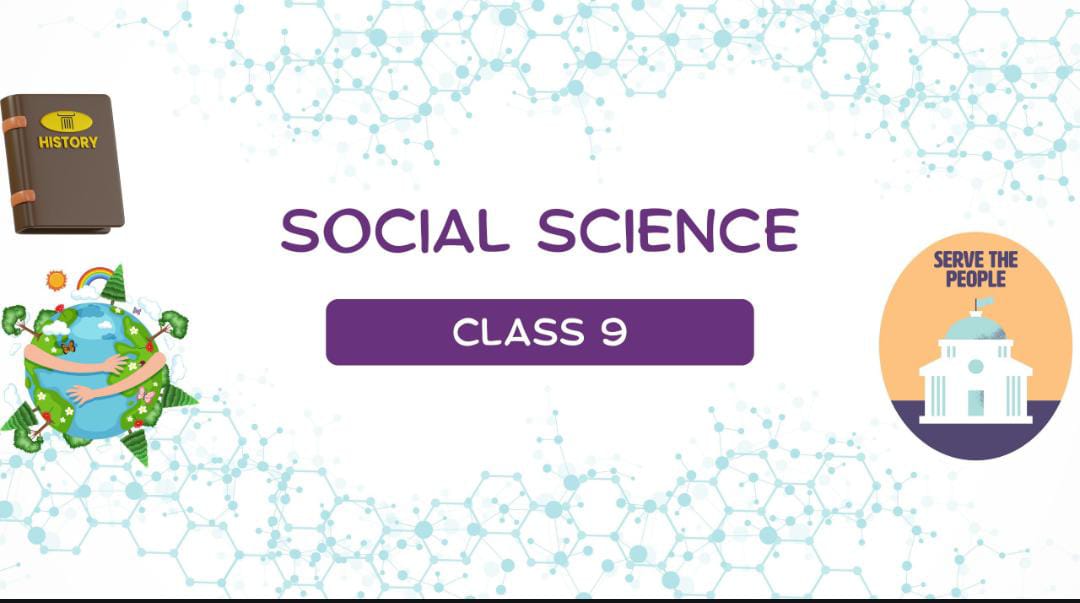NCERT Class IX – Economics

About Course
The NCERT Class 9 Economics textbook, titled *”Understanding Economic Development,”* is designed to provide students with a foundational understanding of economic concepts and processes. The curriculum aims to introduce students to the basic principles of economics, the structure and functioning of the economy, and various economic issues and policies.
Here’s a brief overview of what the textbook covers:
1. **Introduction to Economics**: The textbook begins with an introduction to the concept of economics, explaining what it is and why it is important. It introduces key economic terms and the role of economics in everyday life.
2. **Development**: This section discusses the concept of development and its various dimensions. It explores different indicators of development, such as income levels, literacy rates, and health care, and examines how development is measured and analyzed.
3. **Sectors of the Indian Economy**: The textbook explains the three main sectors of the economy: primary (agriculture and mining), secondary (manufacturing), and tertiary (services). It discusses the significance of each sector and how they contribute to economic development.
4. **Money and Credit**: This chapter introduces the concept of money, its functions, and the role of credit in the economy. It explains how money is created, the banking system, and the importance of credit for economic growth.
5. **Globalization and the Indian Economy**: This section explores the process of globalization and its impact on the Indian economy. It discusses the benefits and challenges of globalization, including its effects on trade, investment, and employment.
6. **Consumer Rights**: The textbook also covers the rights of consumers and the importance of protecting these rights. It explains various consumer rights and how they can be upheld in the market.
Each chapter is designed to help students understand economic concepts in a practical and relatable manner, encouraging them to think critically about economic issues and their implications for society. The textbook often includes real-world examples, case studies, and activities to engage students and enhance their learning experience.
Course Content
Chapter 1 – The Story of Village Palampur
Chapter 2 – People as Resource.
Chapter 3 – Poverty as Challenge.
Chapter 4 – Food Security in India.
Student Ratings & Reviews
